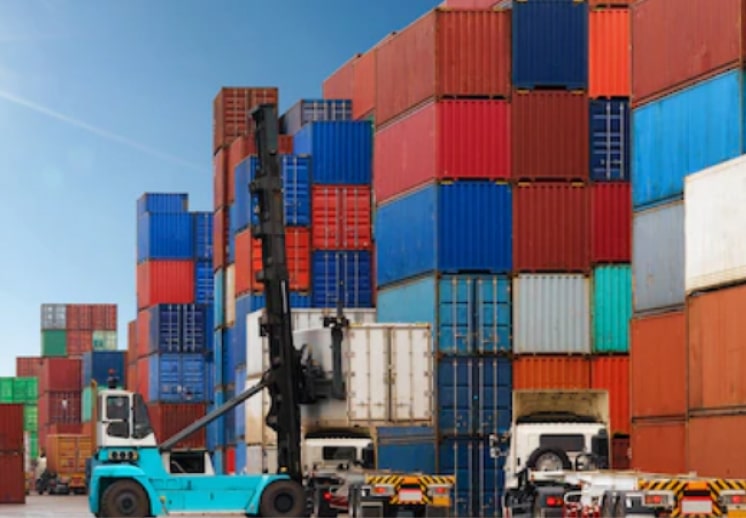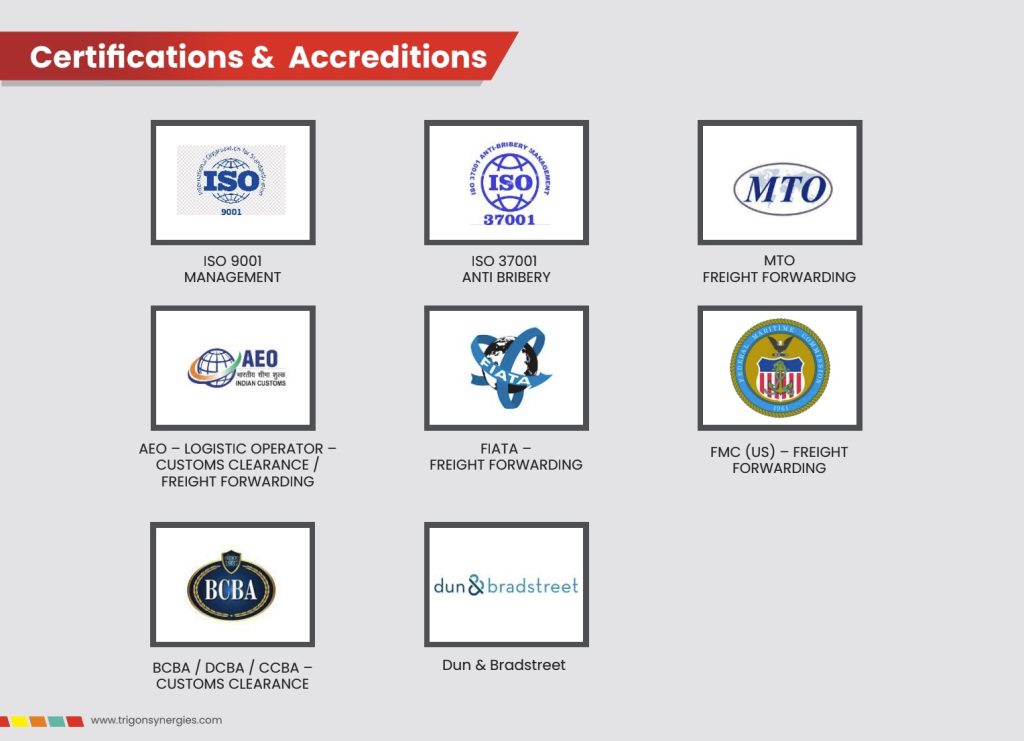In today’s world, with the looming threats of climate change and global warming, the imperative for sustainable practices in logistics and supply chains has never been greater. Businesses across the globe are increasingly embracing sustainable approaches to mitigate their adverse environmental footprint.
In the Indian context, the potential for monumental positive change is evident. Reports from NITI Aayog and the Rocky Mountain Institute (RMI) suggest that India could potentially save a staggering 3.11 lakh crore in fuel costs and curtail 10 gigatons of carbon emissions by 2050. Such transformational change hinges on the adoption of green logistics practices, which seek to infuse environmentally sustainable strategies into traditional logistics methodologies. As per a recent report, the green logistics market is poised to attain a value of $1743.38 billion by 2027 around the world, with an anticipated CAGR of 6.5%.
As global markets take substantial strides towards embracing green logistics practices, India stands at the precipice of a revolution in this domain. Indian businesses can draw inspiration from international best practices to curtail their environmental footprints while bolstering their sustainability endeavours. Many companies struggle and are unaware of the initiatives that can be undertaken that can help reduce their adverse environmental impact. The pressure from consumers & shareholders to increase sustainability in the supply chain and logistics of companies is mounting as people get more aware of the impact to the planet. With this blog we attempt to simplify the field of sustainable logistics for you by giving some initiatives that can be immediately introduced into the supply chain and some which might take some time to execute but have a long-lasting impact towards reaching your sustainability goals.
Here are some quick low cost steps that can be taken that will have an immediate impact on reducing your environmental impact:
· Optimizing Delivery Routes and consolidate loads: Transportation is responsible for a significant portion of global carbon emissions. Optimizing delivery routes using softwares can help companies chart the most efficient paths, thereby reducing fuel consumption, distances covered, and costs. Additionally, consolidating shipments whenever possible to ensure delivery vehicles are operating at full capacity is a great way to reduce your carbon footprint
· Night-Time Delivery: Conducting deliveries during the night reduces road-time, congestion, and noise pollution, while also capitalizing on the quieter nature of electric vehicles.
· Reducing Packaging Waste: The adoption of biodegradable or recyclable packaging materials can significantly mitigate packaging-related waste. Reusable packaging designs present another sustainable alternative that’s gaining traction and provides immediate impact in reducing your carbon footprint. The use of plant based packaging and returnable corrugated packaging is already getting popular in the ecommerce and automotive industries by replacing the use of traditional cardboard packaging
· Collaboration and Consolidation: Partner with other businesses for shared distribution centers or transportation. By sharing resources, you can reduce the number of vehicles on the road and minimize the overall environmental impact.
· Paperless Operations: Digitize paperwork and documentation. Move toward electronic invoicing, electronic proof of delivery, and other digital processes to reduce paper usage and improve operational efficiency.
Now, we talk about the steps that might involve some capex by your company but such solutions have a long-term impact and heavily contribute to your sustainability development goals:
· Conduct a packaging audit: Conducting a thorough packaging audit by an expert company can prove to be immensely profitable for your company. An audit of your SKUs to determine if packaging costs could be reduced and, at the same time, a sustainability advantage could be gained is a win-win situation for you and the environment. Nestlé once invested $35,000 in a similar project and netted first-year savings of almost $100,000. The $100,000 savings were achieved through various retailer savings, warehousing and transport efficiencies, and packaging reductions in weight.
· Electric Vehicles: Deploying electric vehicles can substantially minimize carbon emissions. Some food delivery companies have already committed to have an entire fleet of electric vehicles for deliveries.
· Green Warehousing: Warehouses contribute to roughly 13% of logistics-related carbon emissions. Implementing eco-conscious warehouse designs, such as digitization over paper usage, incorporation of renewable energy sources like solar panels, and efficient warehouse maintenance practices, can substantially curtail the carbon footprint.
· Load Pooling: A burgeoning trend in supply chain optimization involves competing companies pooling their warehouse and logistics resources. Cloud-connected logistics management technologies facilitate seamless collaboration, enhancing visibility and control.
· Drones and Automated Vehicles: Although still in development, drones and automated vehicles hold promise for future green logistics solutions, leveraging digital automation and innovation.
· Harnessing Technology for Efficient Processes: Technological advancements play a pivotal role in driving sustainable logistics practices. Businesses adopting technology-driven policies and leveraging logistics software and systems stand to gain several benefits, such as:
- Smart delivery through logistics software mitigates the risks of empty miles and adapts swiftly to supply chain changes.
- Real-time tracking optimizes routes, enhances fuel efficiency, and streamlines delivery schedules.
- Automation through electronic proof of delivery, alerts, and e-invoicing reduces manual paperwork and enhances supply chain operations.
- AI and IoT sensors monitor speed, fuel consumption, and driving patterns, offering insights for further optimization.
Conclusion
As businesses adopt green logistics strategies and leverage cutting-edge technologies, they can navigate the path toward a more sustainable future. By optimizing delivery routes, minimizing packaging waste, embracing green warehousing, collaborating with suppliers, and empowering last-mile delivery, Indian businesses can catalyze a positive shift in the country’s logistics landscape. Educating people about sustainable logistics is paramount to drive a shift in mindset and moving towards a greener future in logistics.



